Churches, Chapels and Graves
Owthorne Church
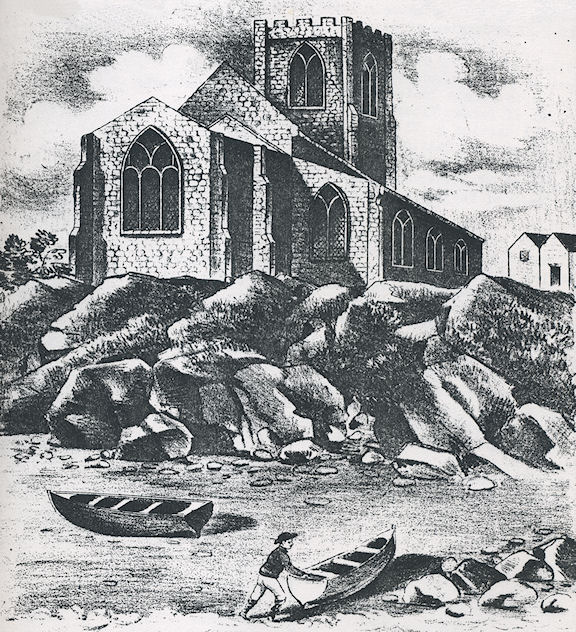
Owthorne Church as it stood on the cliff edge in the year 1800.
Owthorne and Withernsea each had a church known traditionally as the "Sister Kirks" established in the time of King John in the late 12th century. Withernsea church was washed away by the sea in the 15th century, and Owthorne church suffered the same fate in 1816.
St Nicholas Church
Along with the old village of Withernsea, the medieval parish church known as St. Mary's was destroyed by the sea in the 15th century. A new church was built further inland on Priest Hill in 1448. The church was built with cobbles and boulders and has a chancel and clerestoried nave of ashlar, with a south porch and west tower.
From 1575 the chancel was reported to be in decay.
During a storm in 1609 the roof was ripped off, and the church fell into ruin.
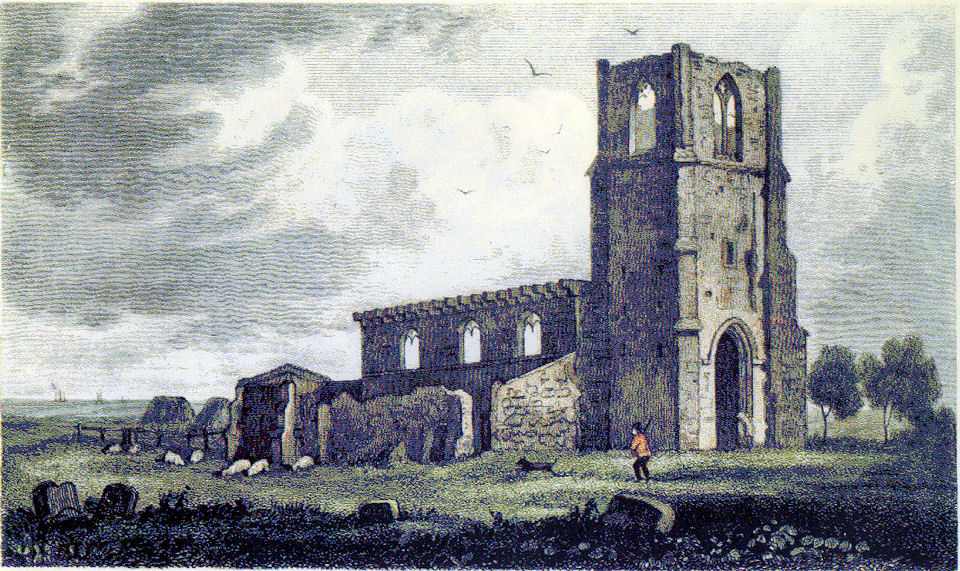
A drawing of the ruins of St Nicholas Church from 1839
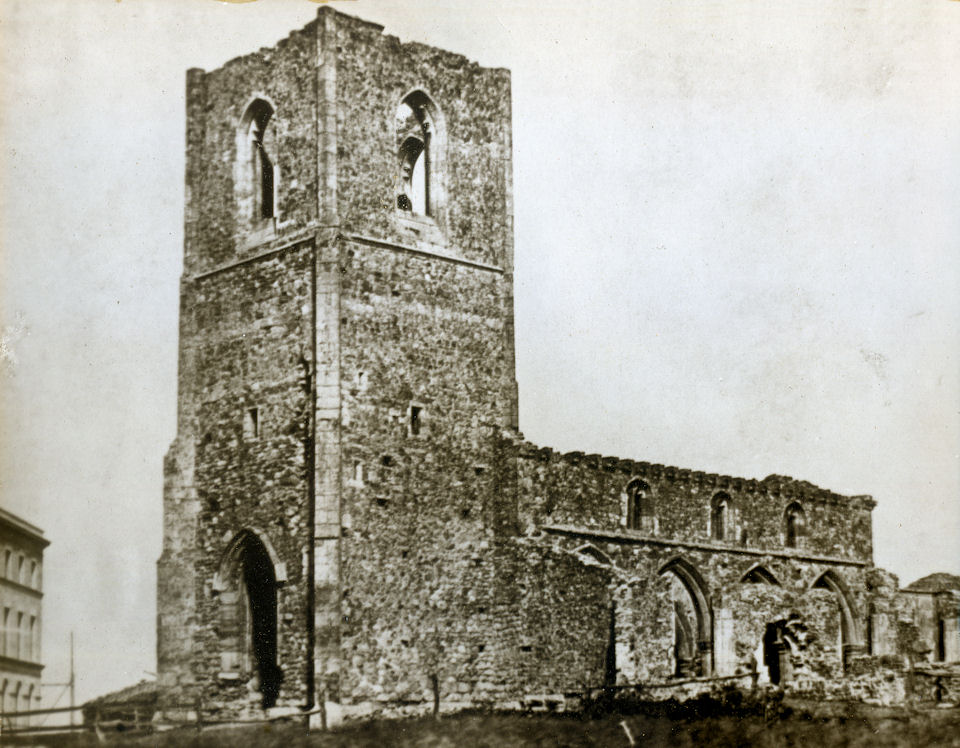
For over 200 years, St Nicholas lay in ruins, but when Owthorn church was claimed by the sea in 1816, a restoration appeal was launched to rebuild the Church.
These two pictures were taken shortly before the start of the restortion in 1858.
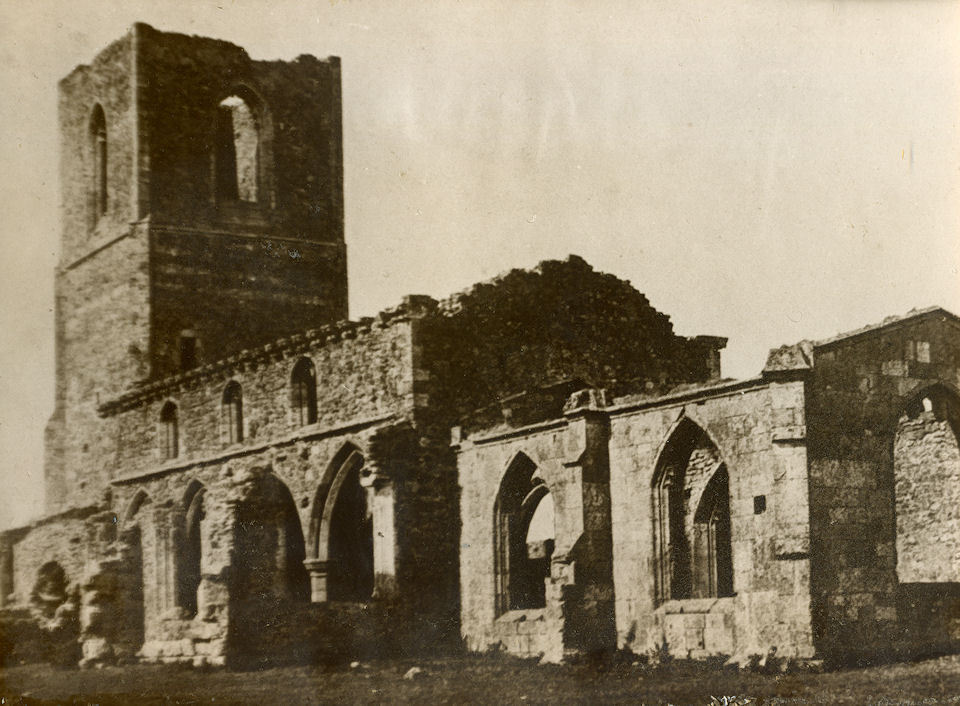
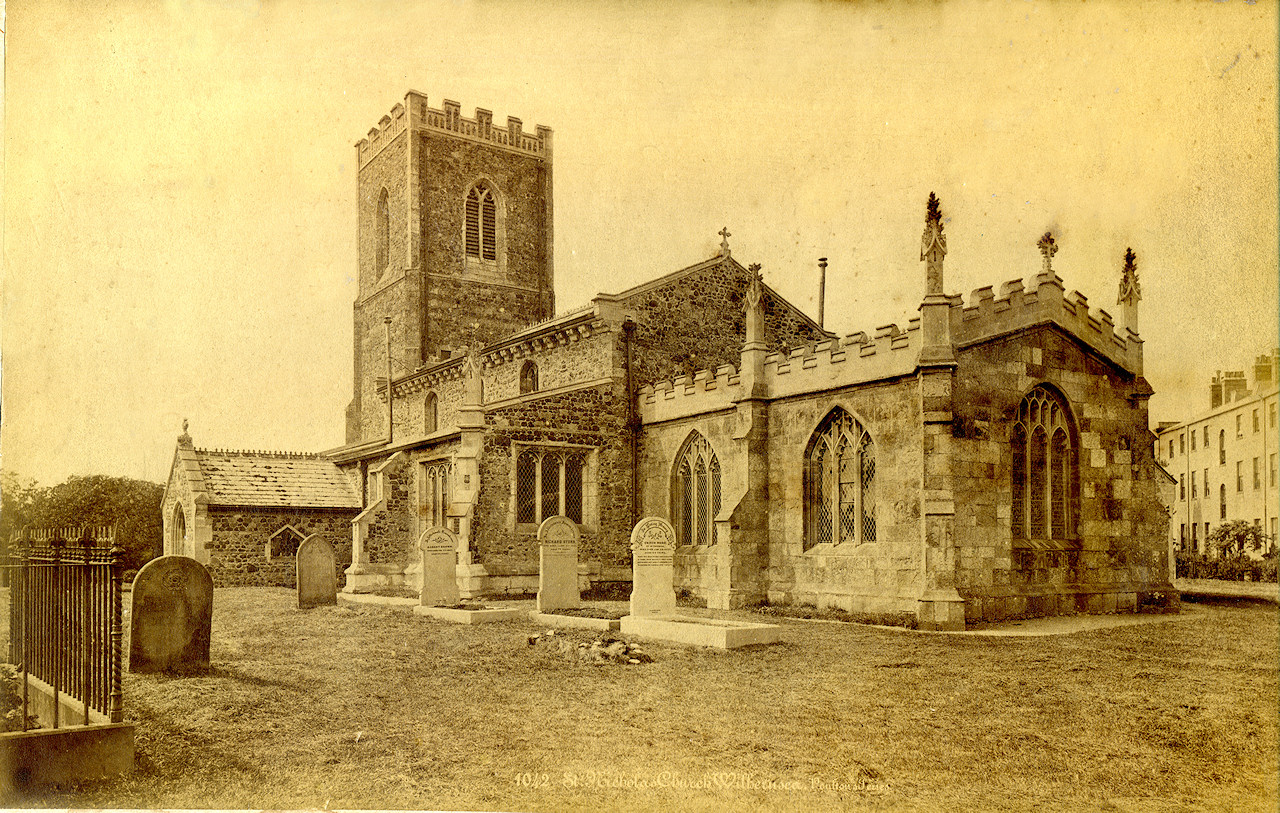
The Church was fully restored by 1859.
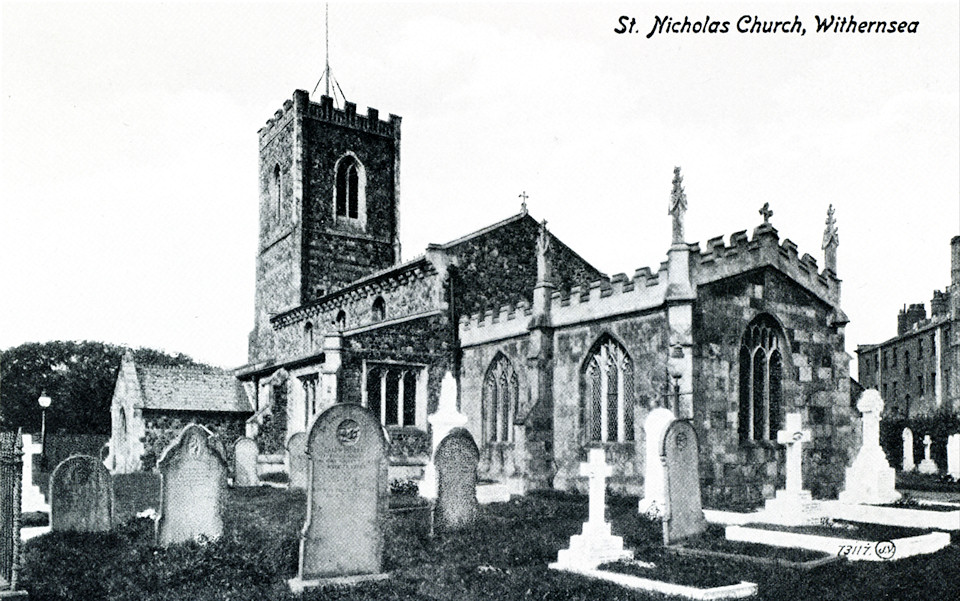
In 1894 the church had seven bells made by James Barnwell of Birmingham.
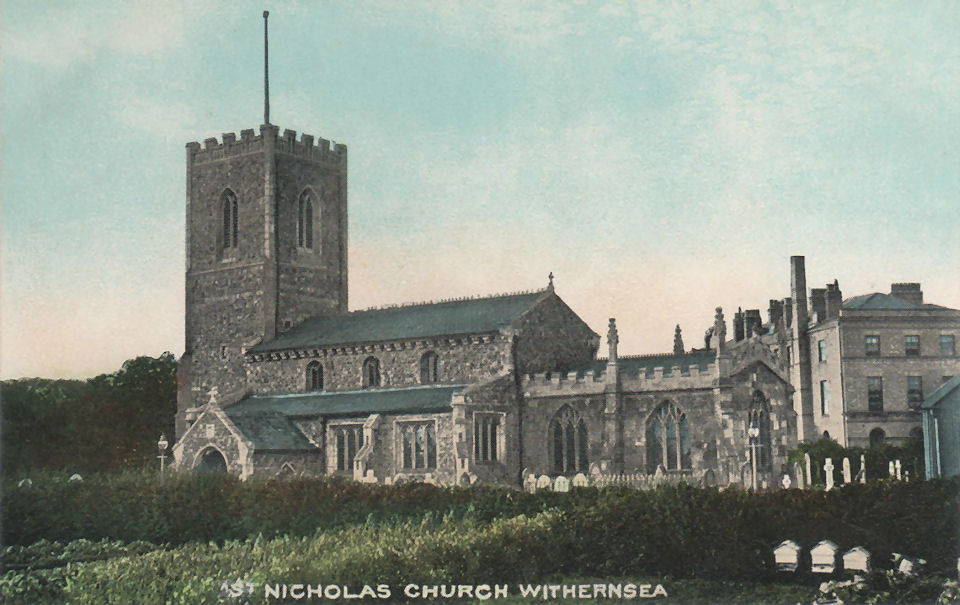
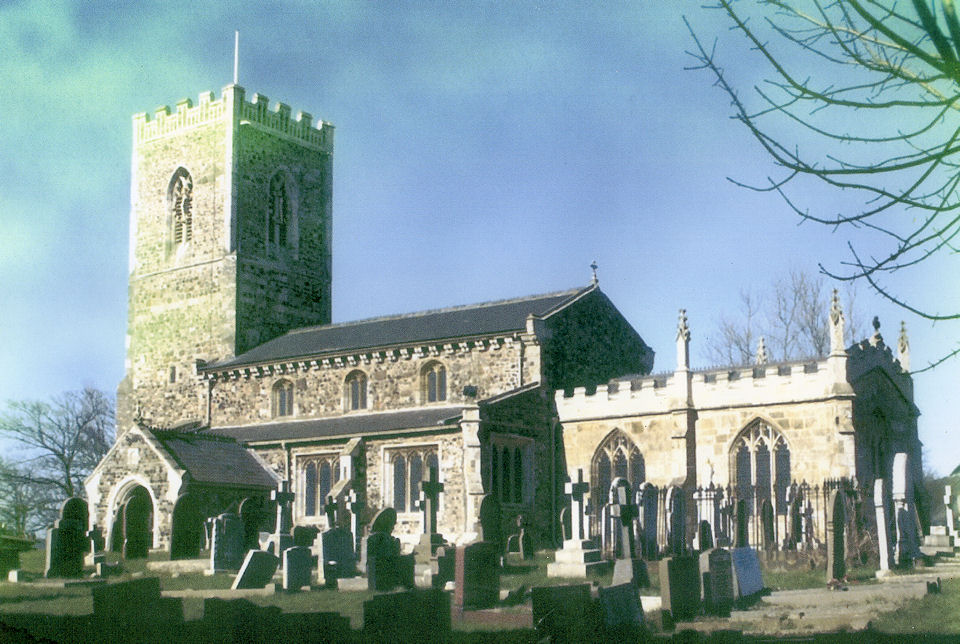
St Nicholas in the 1960's.
27th February 1987 it became a Grade II listed building.
The church was used for regular worship until 2013. Unfortunately due to mounting maintenance costs, St Nicholas Church was officially closed in 2014, and the congregation moved to The Church of St Mathews on Hull road.
St Mathews Chapel
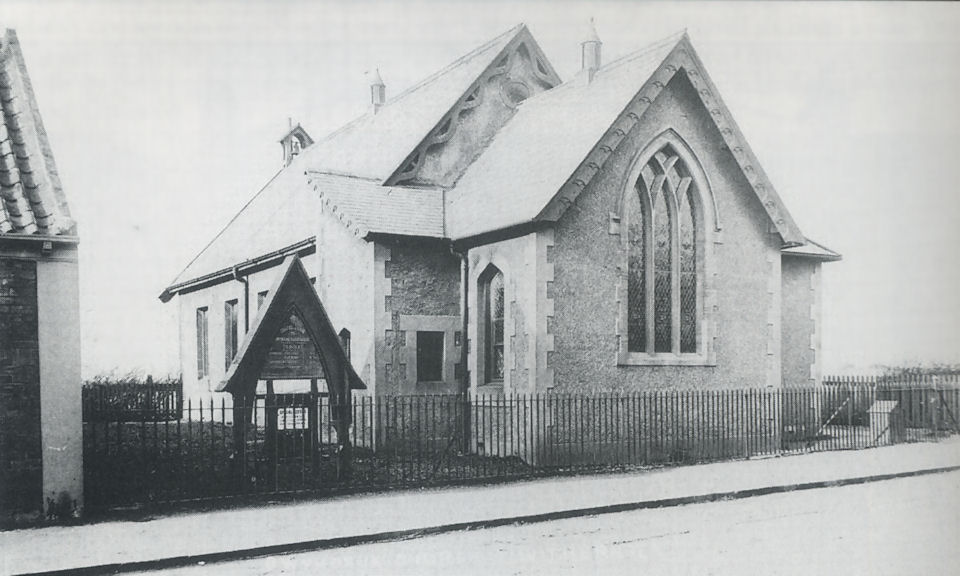
At the north end of Withernsea a chapel was built on Waxholme Road by Elizabeth Swann. In 1857 it was licenced for worship and dedicated to St. Matthew. It was restored in 1883 and a chancel added in 1890. The chapel was replaced by the church of St Mathews in 1935 (see below) It was used as a church hall until it was demolished in 1971.
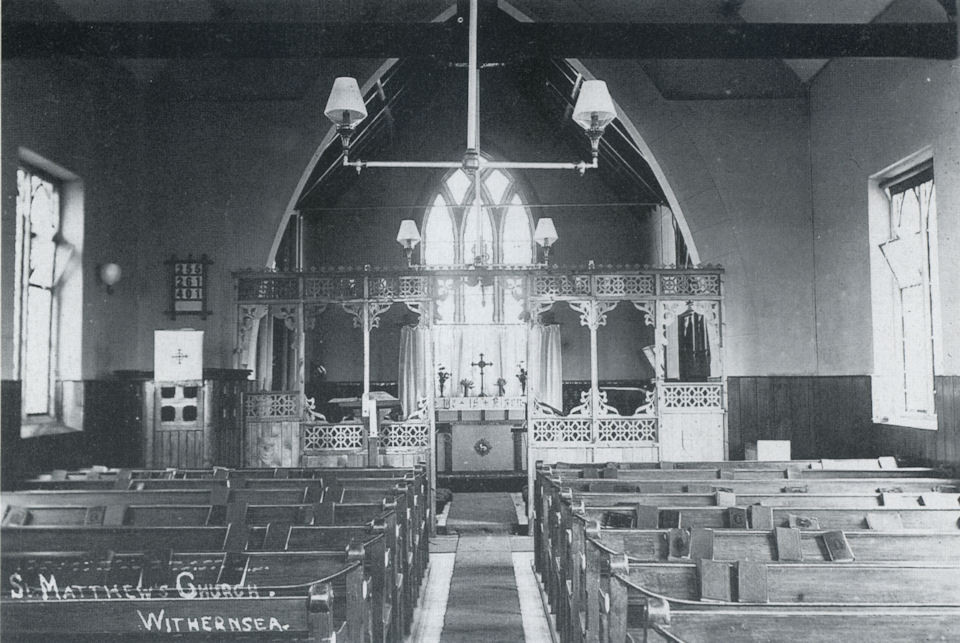
Interior view of St Mathews Chapel (from Jack Whittaker)
Primitive Methodist Chapel
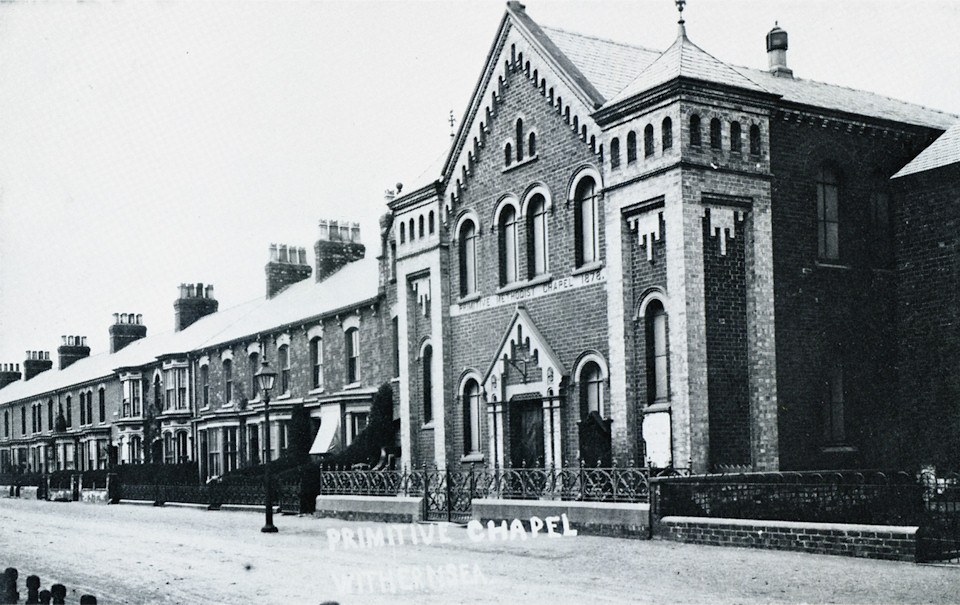
The Primitive Methodist Chapel was built on Hull Road in 1878.
Picture from about 1910.
The Withernsea Primitive Methodist Society was formed in 1848 with 3 members. The first building was erected on Alma Street in 1858 at a total cost of £230. The new chapel provided the stimulus to growth and the society grew steadily.
As Withernsea grew in size it spread north from the station and would gradually meet Owthorne growing South towards Hull Road. The growing congregation started fundraising for the present day chapel and aquired the site on Hull Road for £152. The stone laying ceremony took place on the 12th August the same year, and the building stood finished at a total cost of £1263 a year later. In the first year in it's new home, the Methodist Society had over 200 regular attendants at its main services.
In 1891 an extension was completed to accommodate the sunday school with room for up to 100 scholars. Towards the end of the century, the Withernsea Society had outstripped all the other surrounding villages in numbers, with the congregation reaching nearly 400 during the busy summer months.
By 1908 the chapel had been fully re-decorated inside and out and wall ventilators added to relieve the heat at crowded Summer Services.
Wesleyan Chapel
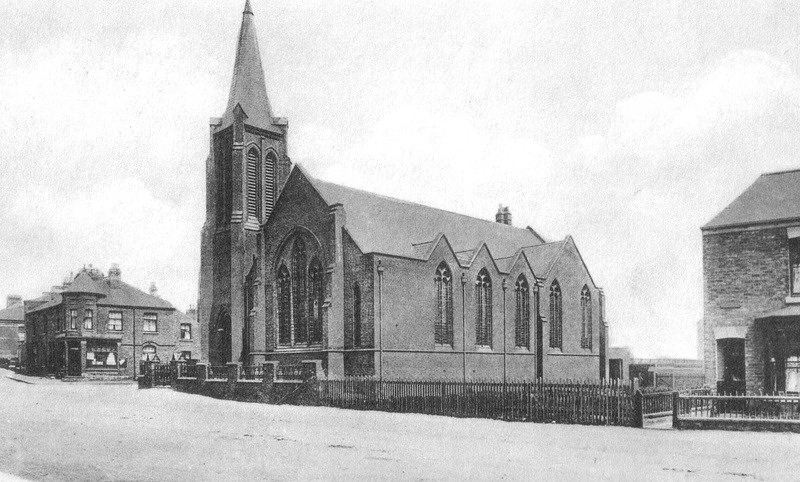
The Wesleyan Chapel, designed to replace the cramped premises in Cammidge Steet, was built at the corner of Young street and Queen Street in 1901 at a cost of £3,000.
It had
a seating capacity of 450 to accomodate the summer time congregation of visitors. A huge curtain screening off the rear section, reduced the seating to 250 when the season was over. A seperate sunday school building was opened alongside in 1907 securing a strong position in youth work in the town. In the years leading up to the first world war, the decline of the church going habit deprived the chapel of the large summer congregations it had been designed to cater for. It did however make a fine addition to the towns archicecture.
In 1961 preperations were made to amalgamate the Wesleyan Chapel and The Methodist Chapel on Hull Road. The congregation had steadily declined and was now only 63 and 160 respectively. Despite it's grand apperance the Wesleyan Chapel had severe structural defects, and sadly had to be demolished.
When the splendid spire came crashing down there were many besides the Methodists to feel sad at the passing of one of Withernsea's finest buildings.
United Reform Church
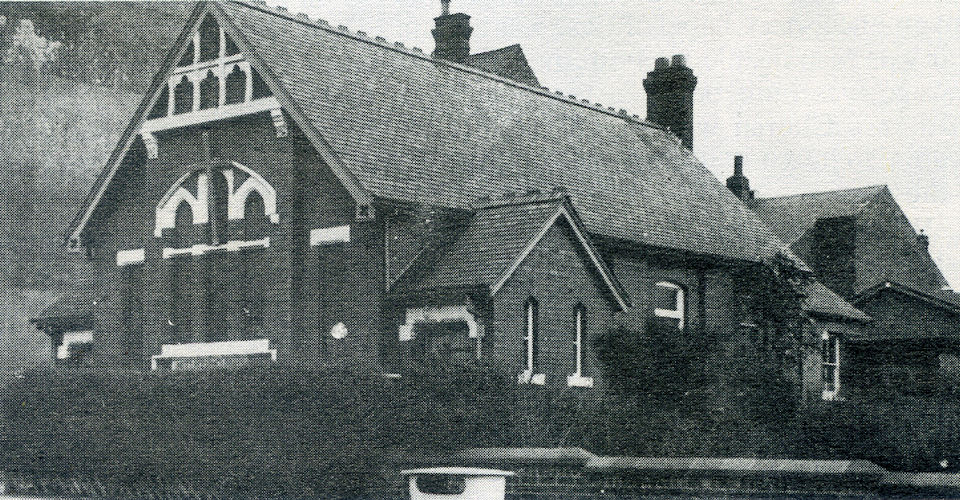
United Reform Church (Picture from 1978 by G.C Waters)
The United Reform Church started as a mission called the Hull and East Riding Congregational Board in 1902. The Church was formed in January 1903 and the building started in April the same year. Originally it was a schoolroom only. Later more land was purchased on the corner of Queen Street and Lee Avenue to build a church. An army hut served as the church hall until the new hall was built in 1964. In 1972 the Congregational church united with the Presbyterian Church of England to become the United Reform Church.
Ss Peter's and John Fisher's Church
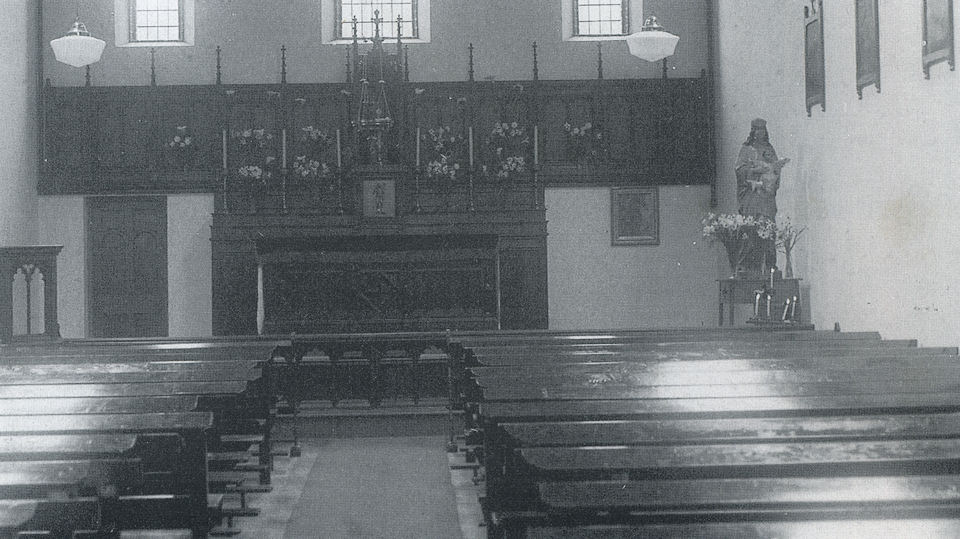
This Roman Catholic Church is built into the terraced houses on the west side at 91 Bannister Steet.
Mass was first said here in 1910 by priests from Hedon and Hull. The Marist Fathers took responsibility from 1927 and built a temporary wooden hut. The present church was built in 1936 (Architect: F Spink of Bridlington) and the parish gained its own diocesan priest.
Church of St Mathews ( C of E)
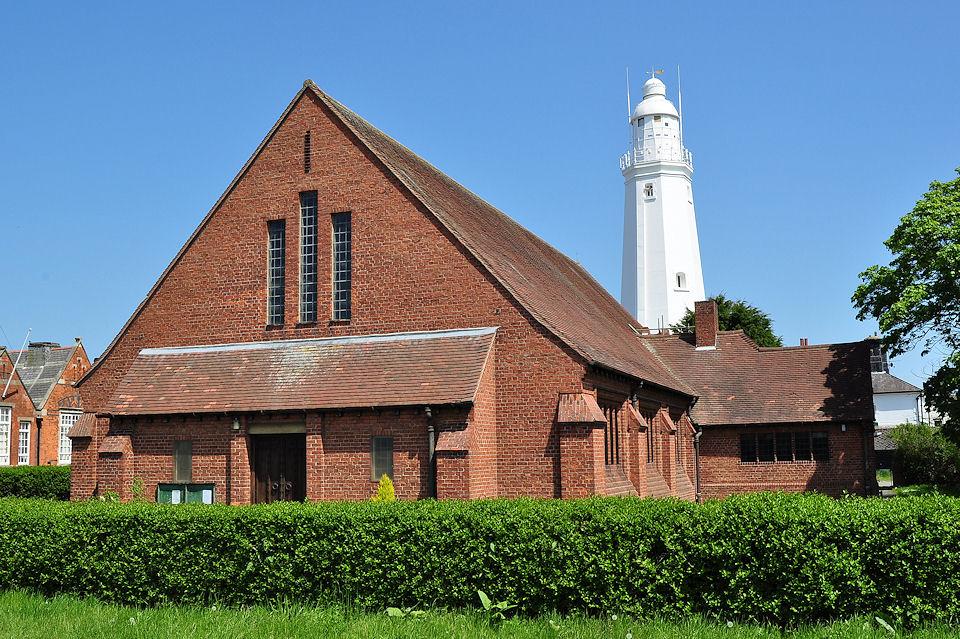
St Mathews church was build on Hull Road to replace the small chapel on Waxholm Road. The foundation stone was laid in 1934 and the church was consecrated by the Archbishop of York in 1935. However the church was not completed to the original design as the western 2 bays of the nave and a large west tower flanked by porches were omitted.
The Church was made a grade II Listed Building in 2007
Graves and War Memorials
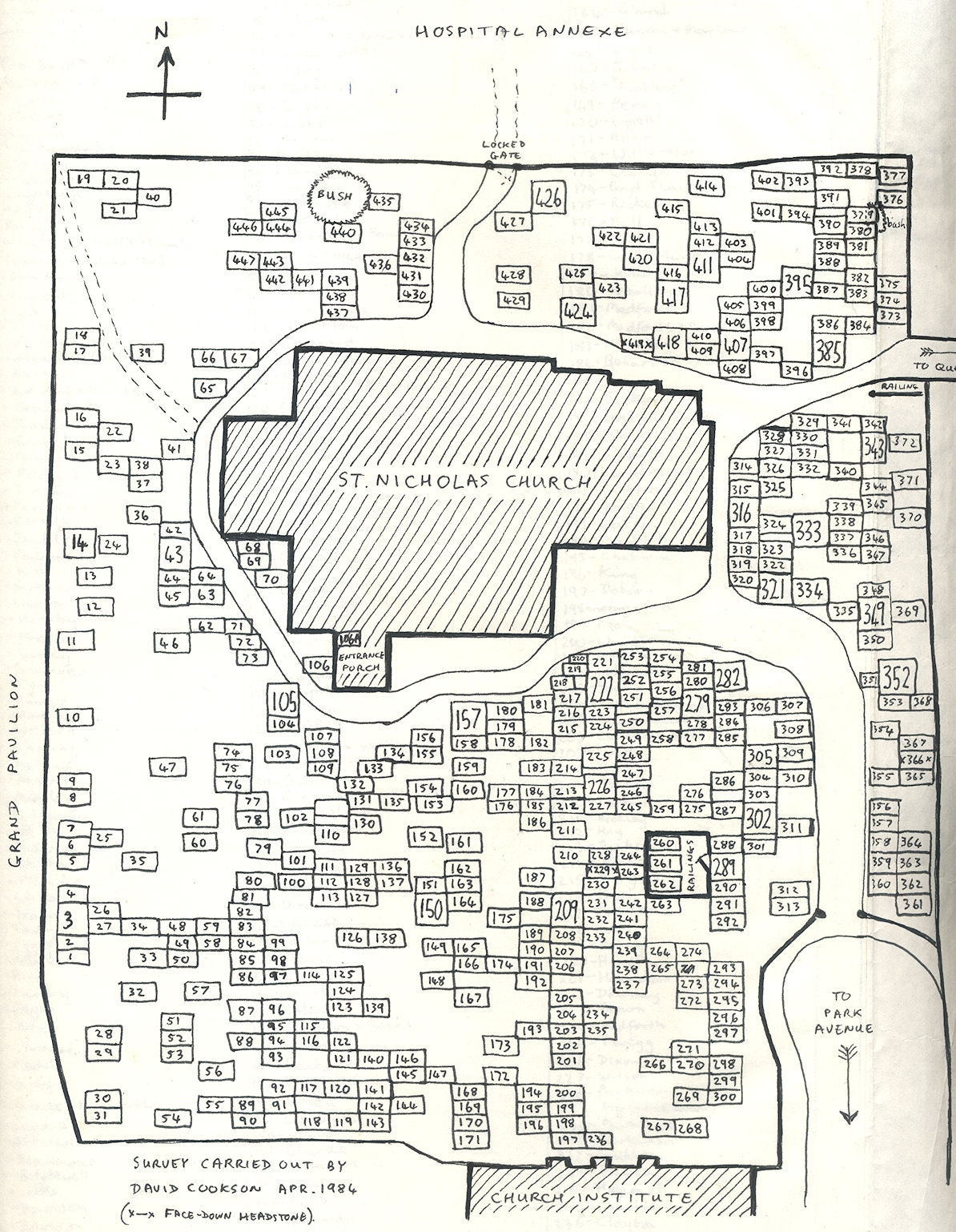
Click links below for names on Graves
Go to pictures of Old Shops